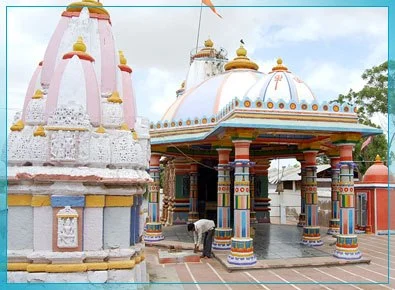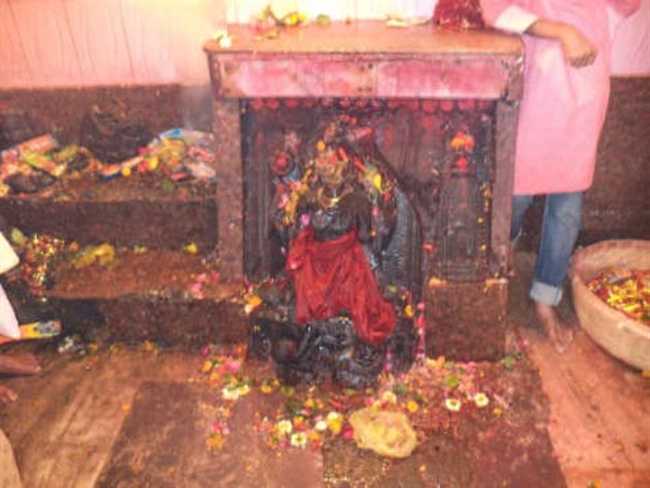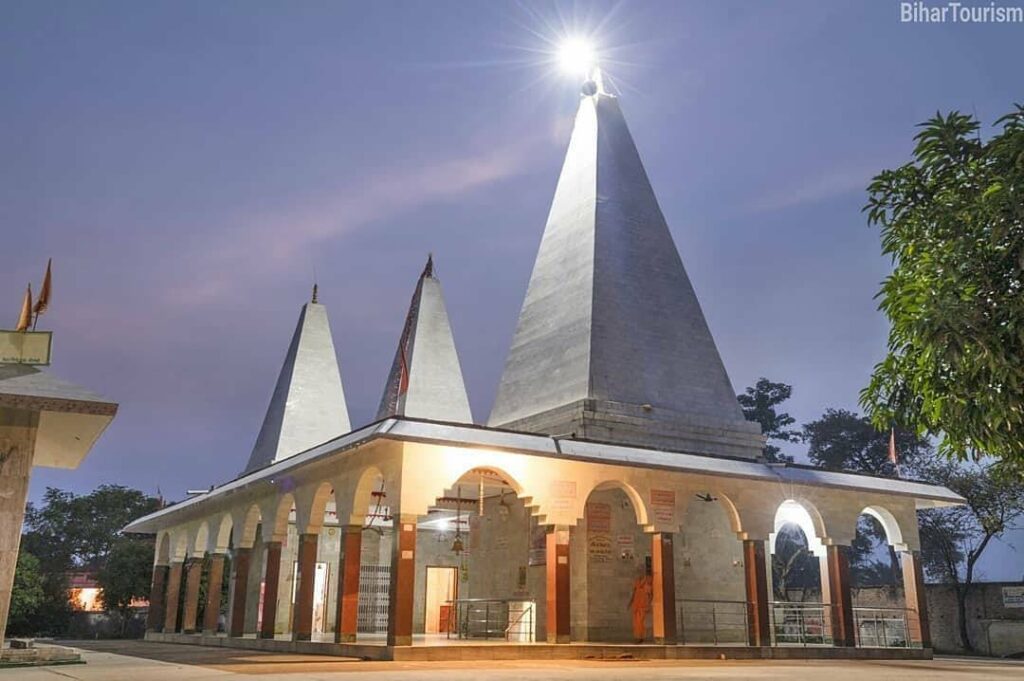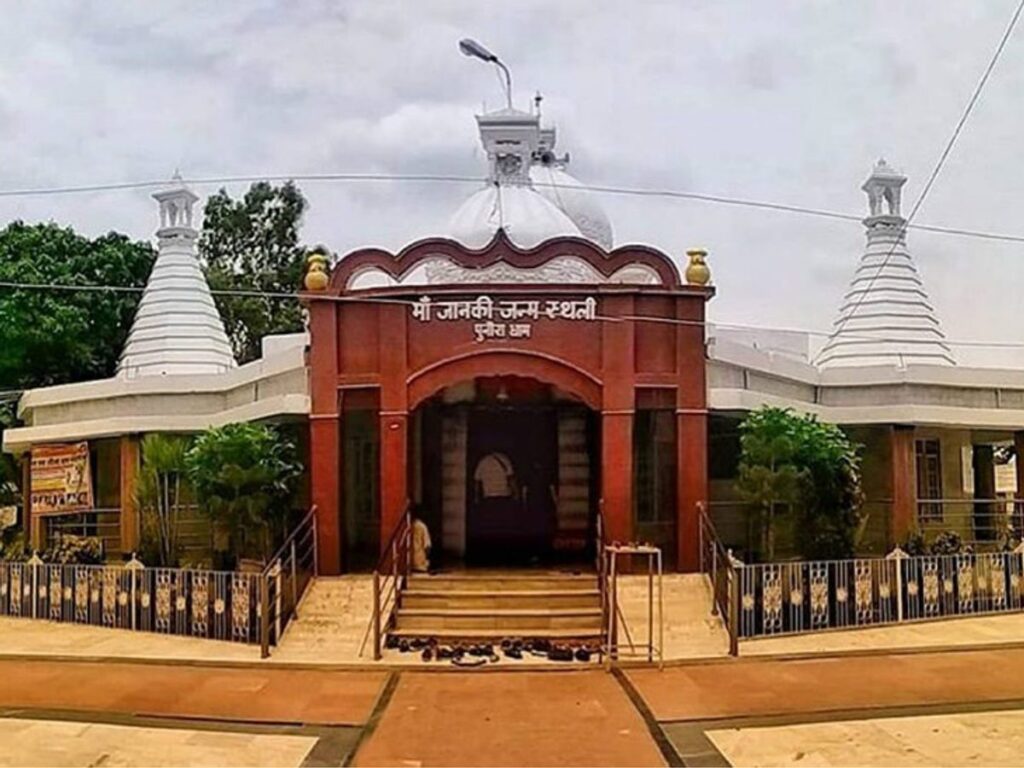Dr. Baba Shardhanand Harinandan Singh
April 10, 2025 | Bishanpur, Madhubani, Bihar, India
In the heart of Mithila, where the ancient and the sacred still echo through rustling palms and temple bells, our journey begins in Bishanpur—a serene village in the Madhubani district of Bihar. Known for its heritage of Mithila painting and Vedic scholarship, Bishanpur is more than just a point of departure; it is the threshold of an inward journey. It is also the birthplace of the late Mahavir Singh, a freedom fighter of India, and a proud descendant of a legendary lineage—he was the 24th generation in the line of the ancient warrior king Prithvi Raj Chauhan.
Morning in Bishanpur
The day starts early with the sounds of conch shells and chants at the local Shiva temple near the village pond. After offering prayers, we enjoy a simple but soul-satisfying breakfast of litti chokha and a steaming cup of desi chai at Prakash Bhojanalaya, a family-run roadside eatery known for its warmth and authenticity.

Nearby, the Mithila Haat is a popular tourist destination, offering local crafts and flavors. The traditional Maithili thali served here is excellent and worth experiencing.
As the sun begins its gentle ascent, we set off on the roughly 150-kilometer journey toward Sitamarhi, traversing the vibrant landscape of northern Bihar. The road, though modest, winds through rice fields, banana plantations, and ancient banyan trees—each a silent witness to centuries of devotion.
Spiritual Sites Along the Way

1. Kapileshwar Temple (Near Rahika)
Our first stop is Kapileshwar Dham, believed to be associated with Sage Kapila Muni. This peaceful Shiva temple, nestled among mango orchards, invites quiet reflection. The serene pond and centuries-old Peepal tree, often wrapped with sacred threads by devotees, add to the temple’s mystic charm.
2. Uchaitha Dham (Near Benipatti)

A short detour brings us to Uchaitha Dham, dedicated to Goddess Durga. According to local legend, the great Sanskrit poet Kalidasa received the goddess’s blessings here, transforming him from an unlettered man into a literary genius. The divine energy here is palpable, with countless oil lamps flickering in devotion.
We stop for lunch at Mithila Rasoi in Benipatti, where the Maithili thali—featuring rice, daal, tagua (vegetable fritters), kadhi, and tamatar chutney—offers a celebration of local flavors and hospitality.
3. Haleshwar Sthan (Outskirts of Sitamarhi)

As we approach Sitamarhi, the spiritual intensity deepens. Haleshwar Sthan, an ancient Shiva temple, is believed to have been established by King Janak himself before he discovered Sita. Devotees from all over Mithila gather here to seek blessings before proceeding to Janaki Sthan.
Destination: Janaki Sthan, Sitamarhi

We finally arrive in Sitamarhi, a place steeped in reverence and myth. According to the sacred epic Ramayana, it was here—while ploughing the land for a yajna (sacrificial ritual)—that King Janak discovered a baby girl, Sita, in a furrow. She would grow to become the consort of Lord Rama and an eternal symbol of dharma and resilience.
Two great Rishis welcomed me at Janaki Mandir and guided me to the kund—the sacred spot where King Janak is believed to have discovered baby Sita in a mud vessel. Moved by my age, the long distance I had traveled, and my spiritual intent, they honored me with a rare and humbling gift: a fresh katora (bowl) of sacred mud from the very place where Janki Mata was found. It was a moment of deep emotional resonance—one I shall carry for the rest of my life.
Six days after her discovery (Chhathi), King Janak took Sita to Nepal—then part of the extended kingdom of Mithila—where she was raised and later married Lord Rama in a grand celebration of divine destiny. The Rishis also shared a lesser-known, esoteric tale that ties this sacred land to Ravana, weaving deeper connections into the great cosmic narrative of the Ramayana. (See the linked videos for more.)
Inside Janaki Mandir, a majestic marble structure adorned with intricate Mithila designs, pilgrims bow their heads at the exact spot believed to be Sita’s birthplace. The divine atmosphere—filled with soft devotional music, floral offerings, and the scent of sandalwood and incense—invites moments of deep reflection.
As the sun sets behind the temple domes, we conclude the journey in silence. What began as a physical voyage from one district to another has become a sacred pilgrimage through Mithila’s timeless soul.
Epilogue
This journey from Bishanpur to Sitamarhi is not just a passage across land—it is a sacred reawakening. It offers the traveler a chance to walk in the footsteps of legends, to taste the richness of Maithili hospitality, and to witness the profound stillness where a king’s plough once touched divinity.
Whether or not you follow Sanatan Dharma, visiting this holy place offers a sense of completion—a spiritual fulfilment that transcends religion. Let us help you plan your next journey through India—especially across Bihar, Uttar Pradesh, Gujarat, Haryana, and other places filled with history, devotion, and soul.












